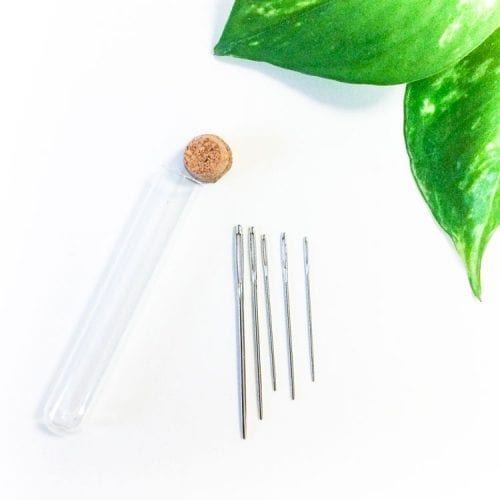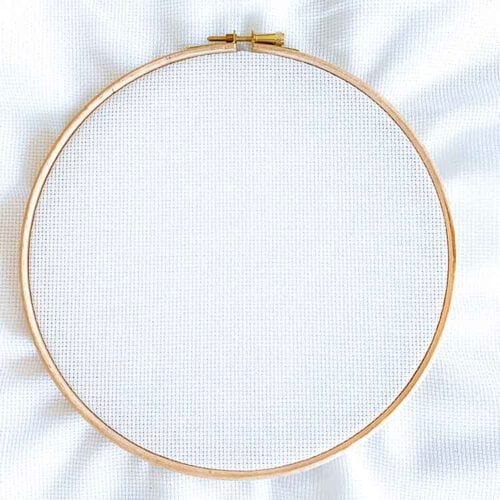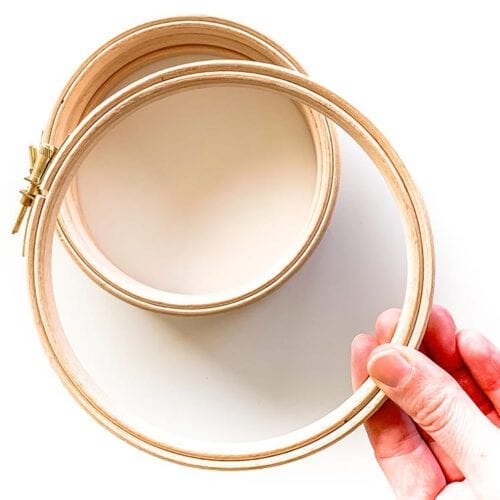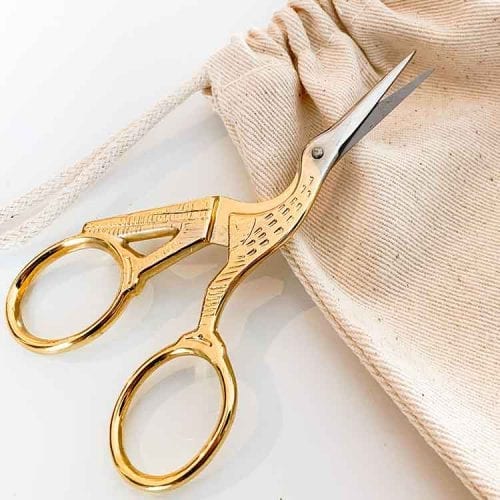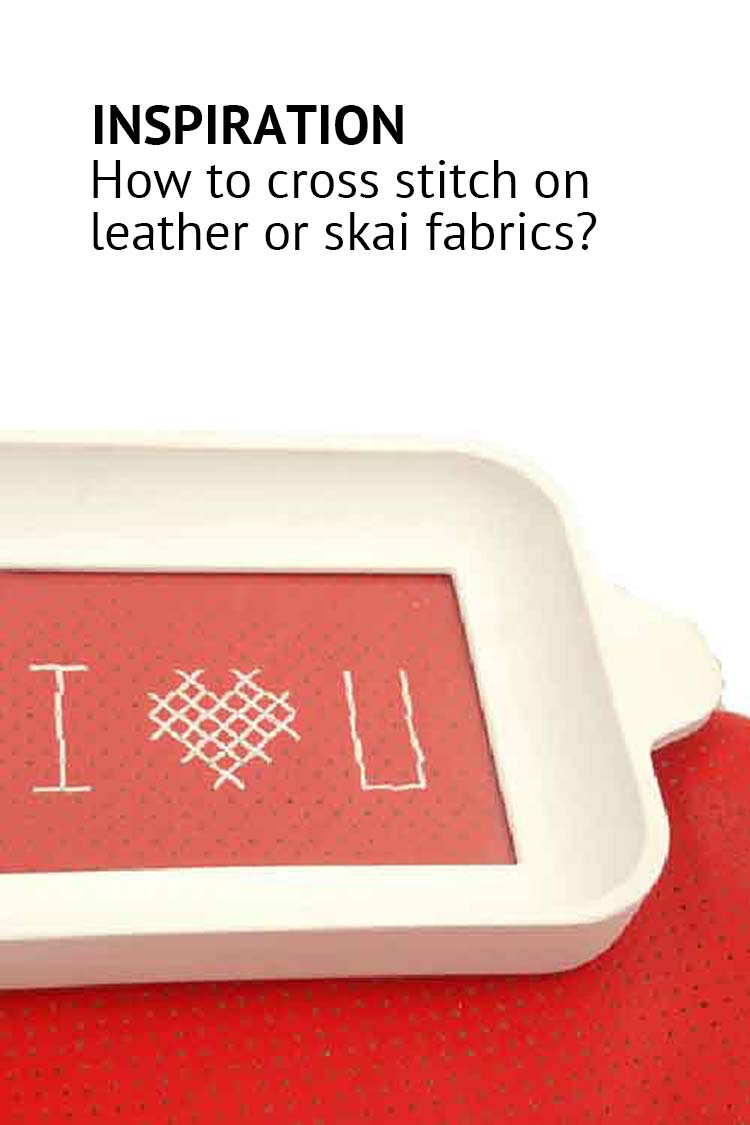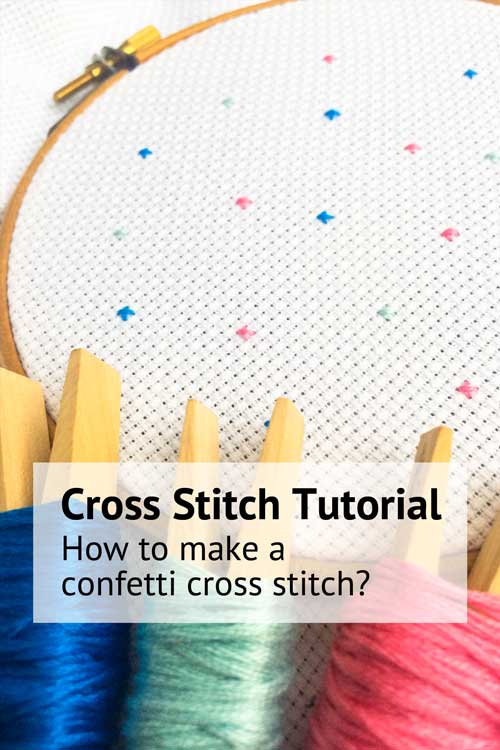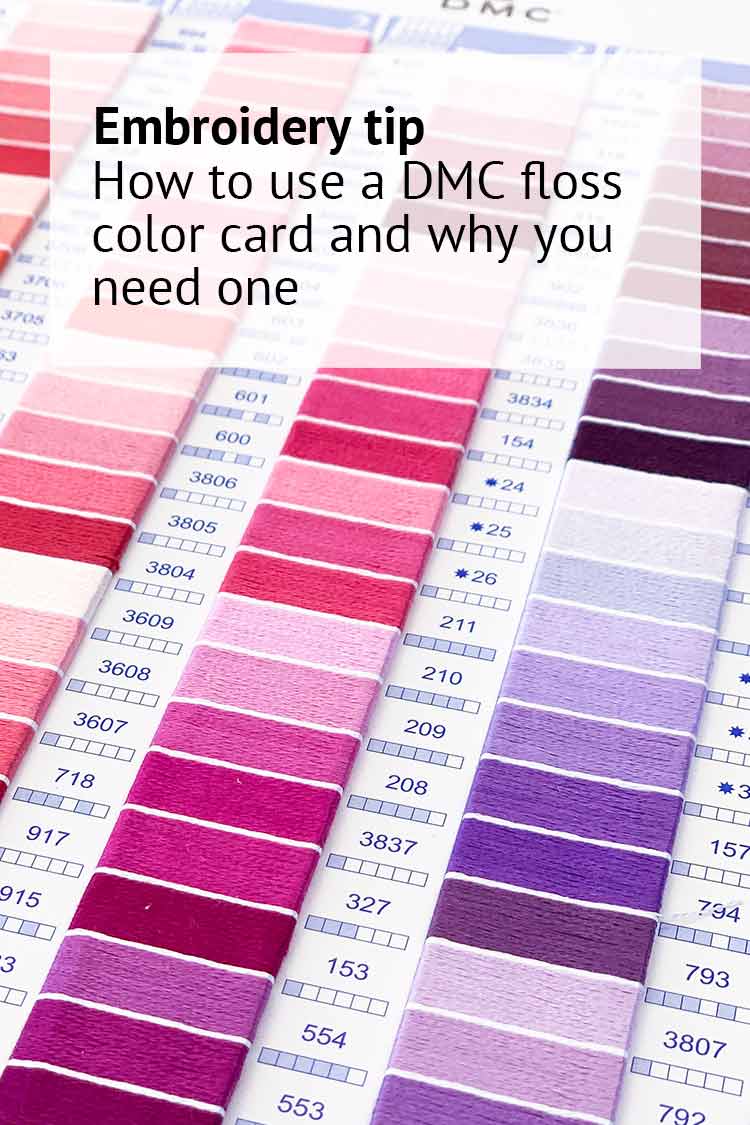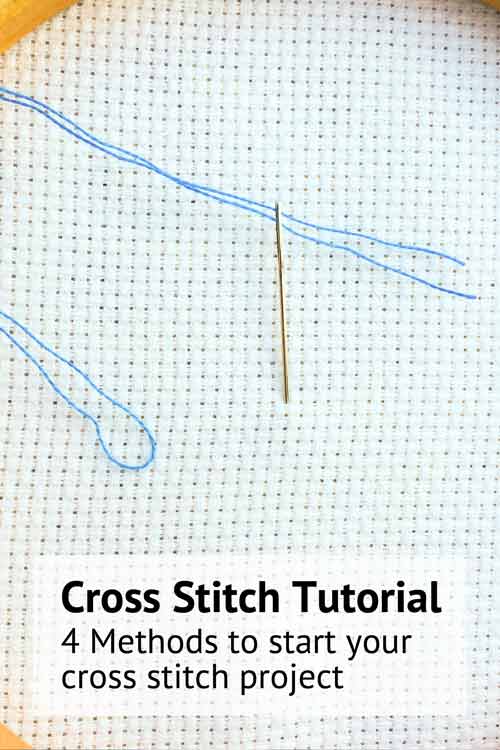How to turn a holiday photo into a professional color study for textile, with a Sudoku twist.
If you’re a textile artist looking to deepen your understanding of color, this creative technique is for you. In our masterclass cours on color study in textiles, we seriously study how colors work in textiles, how they interact and how you can create your own color palettes.
With this blog you can dip your toes into our world of color studies in textile. With a simple exercise you can learn how to extract meaningful palettes from everyday imagery.
This method combines intuitive color analysis with structured design thinking. It’s a technique you can apply not only to cross stitch, but to embroidery, quilting, weaving, and more.
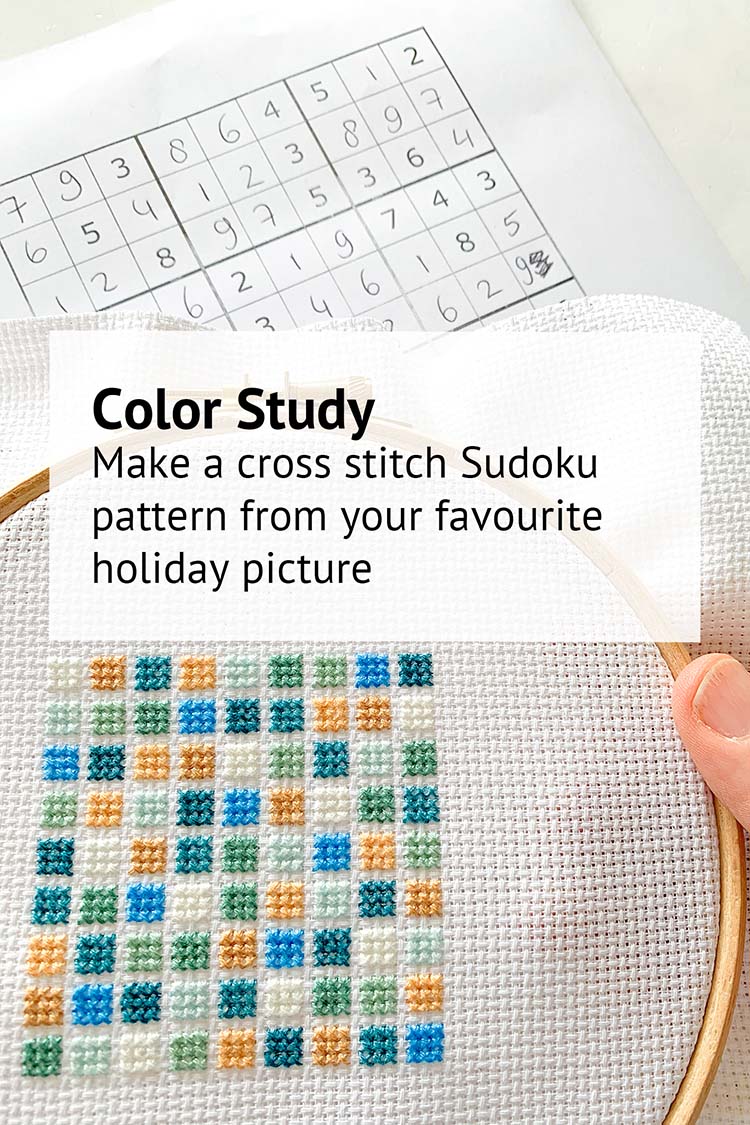
Which materials do you need to make a cross stitched color study – Sudoku style?
1. A picture
Start with a photo that brings back a smile. Maybe the one where the sky melted into the ocean or that perfect gelato in Rome. Pick something with distinct color zones and a good mix of contrast. This will make it easier (and more fun!) to translate into a stitchable design.

3. Embroidery needle
4. Embroidery fabric
You can use any evenwoven cross stitch fabric. Be it linen evenweave or Aida fabric. We made our sample on white Aida 14 count fabric.
5. Embroidery hoop
An embroidery helps to keep your fabric stretched and makes it easier to make neat cross stitches. We used a 6 inch hoop for our project.
6. Embroidery scissors
Get your Sudoku puzzle
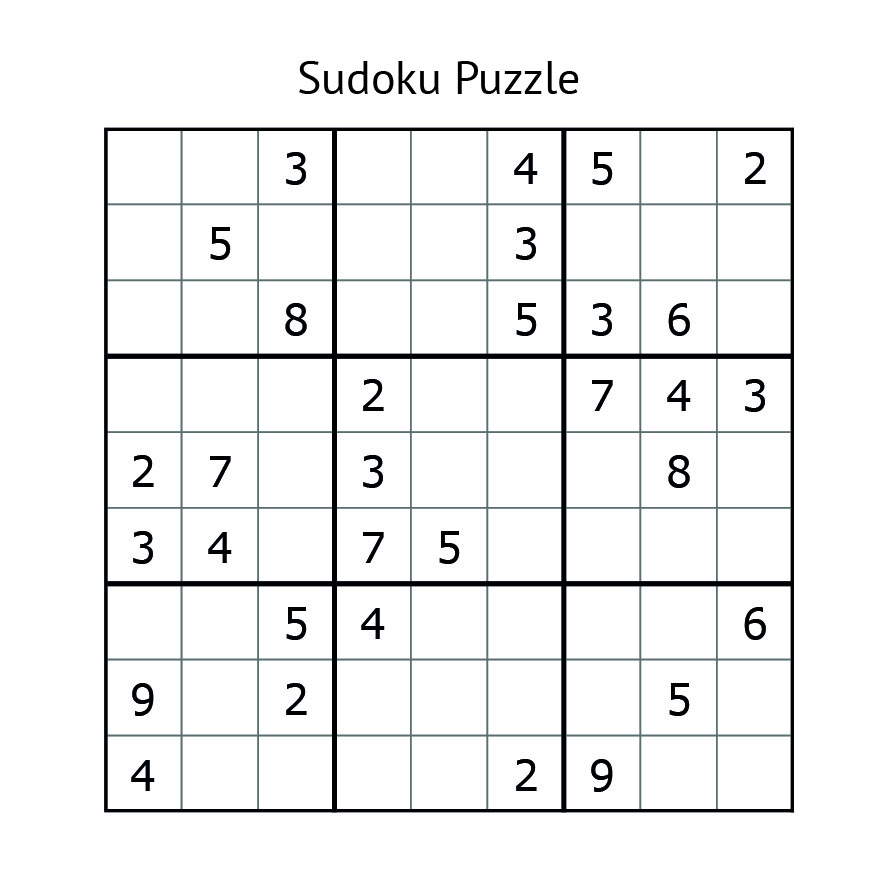
You can use any Sudoku puzzle for this exercise. The perfect excuse to get yourself a puzzle book or newspaper :-). For those of you that don’t have one handy – you can print our sudoku puzzle for beginners.
How to make a color study sudoku in cross stitch step by step
Step 1: Build your color palette thoughtfully
Take a deep look at your picture. Distill the 9 most dominant colors from the image. Then map those colors to DMC embroidery floss (or other yarns, threads for weaving and other fiber techniques).
This process helps you:
-
Train your eye to identify subtle color shifts
-
Practice applied color theory for textile design
-
Create a limited, purposeful palette grounded in observation
A DMC color chart is handy to match exact shades, as digital images might give different shades depending on your screen resolution. You are also welcome to visit our studio in Amsterdam during opening hours to see the skeins and pick the right colors.
Match each number from 1-9 with a DMC color.
In our sample we matched:
- = DMC 996
- = DMC 3809
- = DMC 3810
- = DMC 503
- = DMC 3813
- = DMC 747
- = DMC 3865
- = DMC 739
- = DMC 437
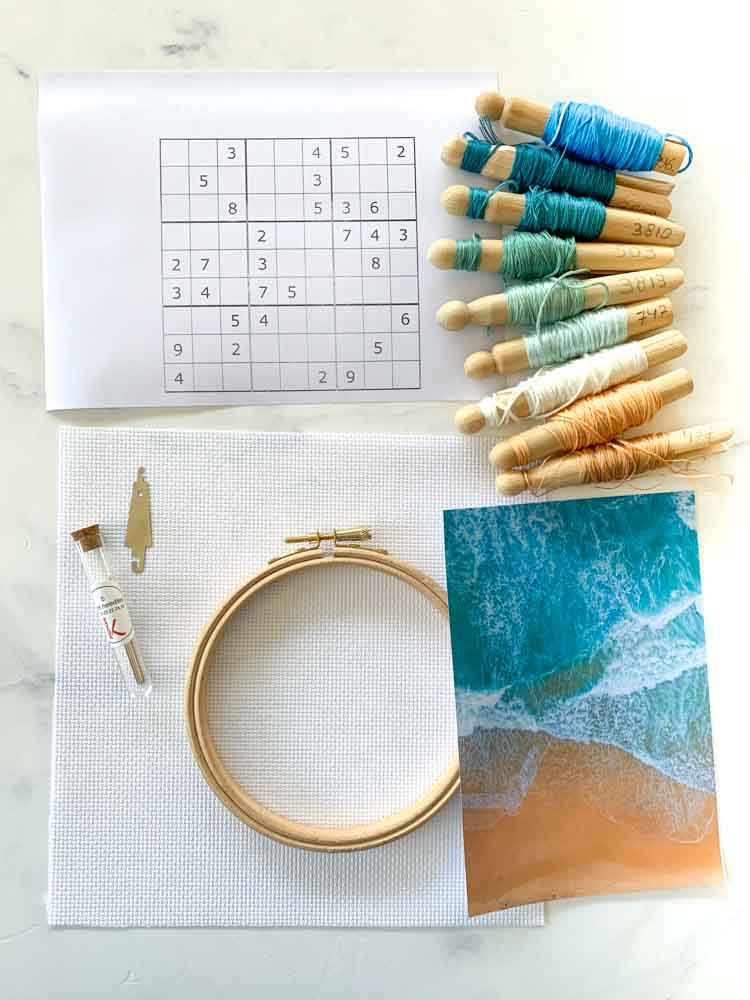
Step 2: Make your pattern
Once your palette is set, you can translate it into your medium of choice. For cross stitch, each number in the Sudoku puzzle becomes a stitched block. For quilting or weaving, it can inform fabric selection or warp/weft choices. The flexibility of this approach makes it ideal for textile artists working in diverse disciplines.
In our sample we cross stitched a block with 3 rows with 3 cross stitches (9 stitches) for each number. In total our Sudoku is made of 81 blocks of 9 stitches. Our project is approx 6,5 x 6,5 cm on Aida 14 count.
But of course you can also adjust the size of your project.
Make it smaller and only stitch one cross stitch for each number. On Aida 14 your work will be approx 3,5 x 3,5 cm. Or blow it up and stitch a block of 10 by 10 stitches for each number. On Aida 14 count your work will be approx 18,5 x 18,5 cm.
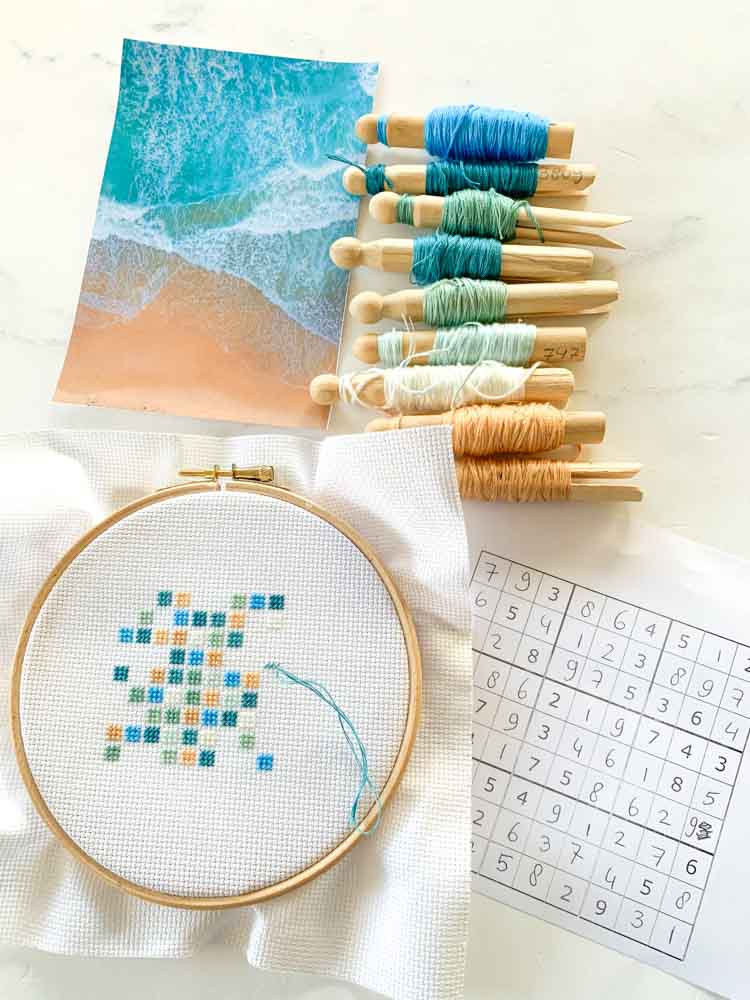
Step 3: Stitch your textile color study project
Start cross stitching the numbers of your puzzle which are already given.
Continue puzzling. Once you are sure of a number you can stitch it on your fabric.
Enjoy the process and please do share pictures of your project with us on Instagram or Facebook @studiokoekoek.
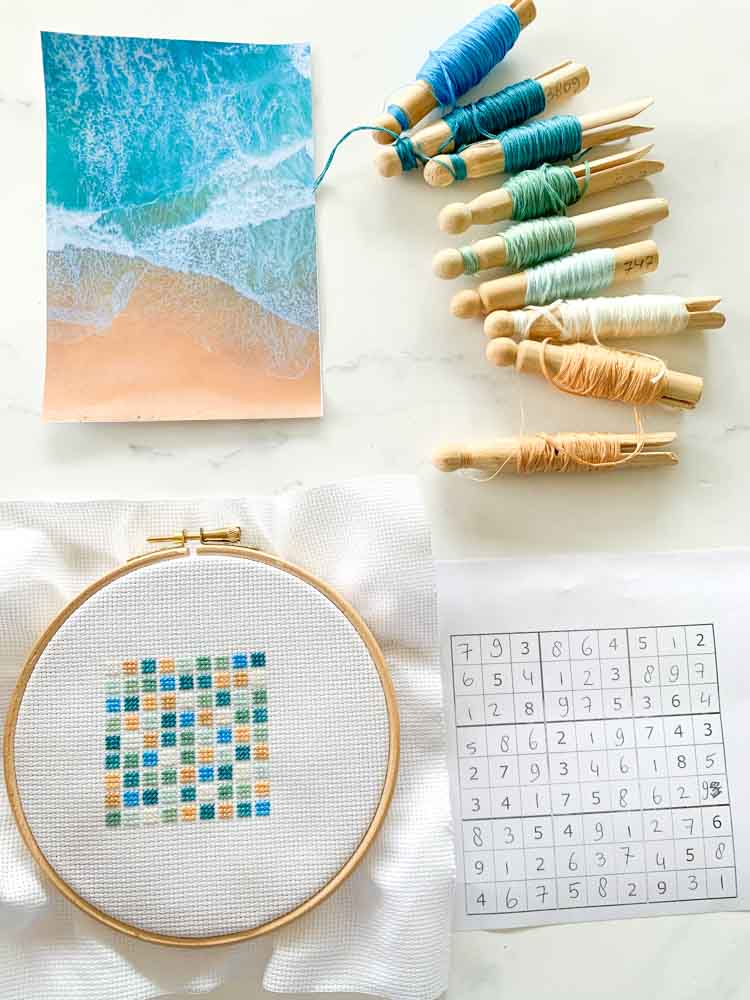
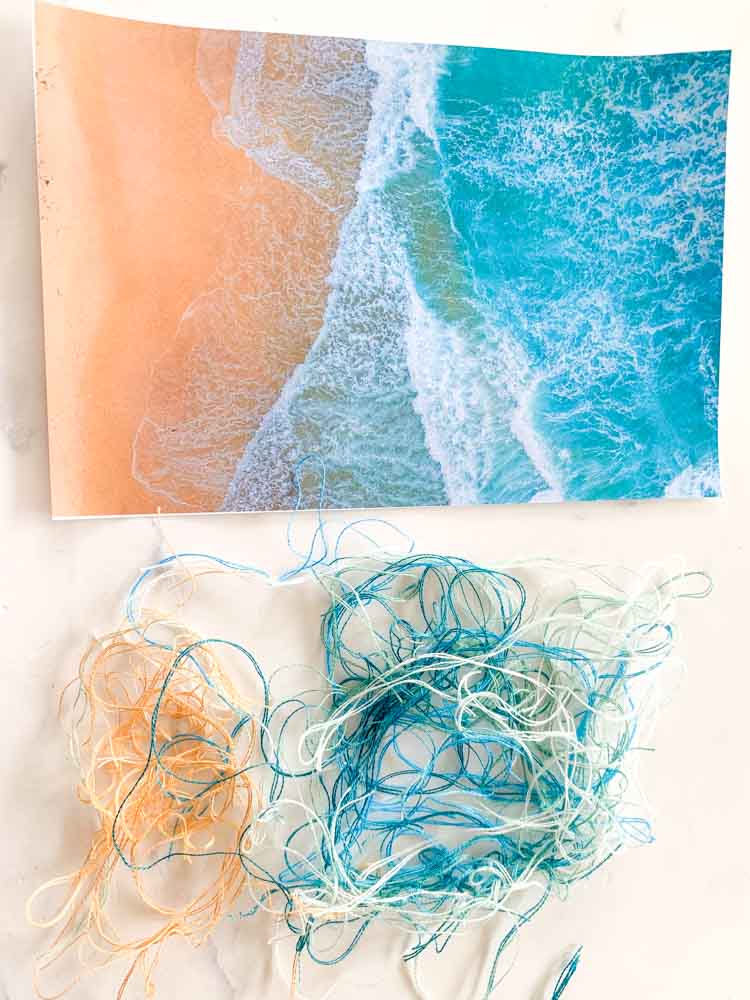
Thanks to our partner, the wonderful team of Loret Karman’s Amsterdamse Steek for the idea to turn Sudoku into cross stitch.
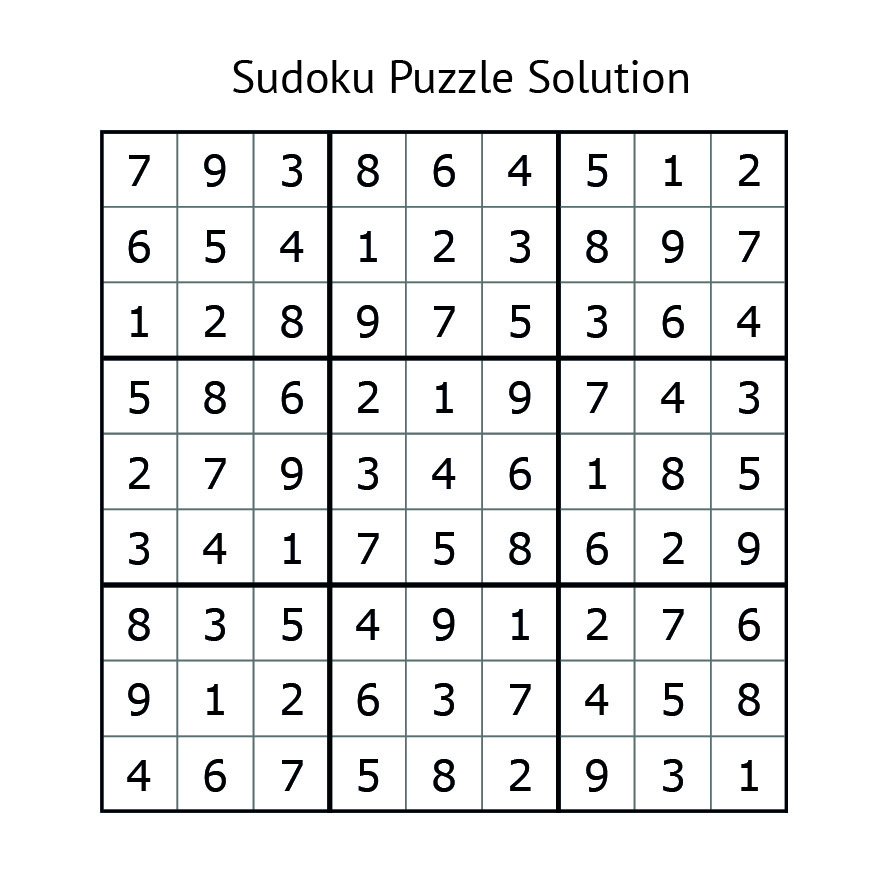
Like to dive deeper into the world of colors?
Understanding colors does not only come from theory, but from practice. The more your let your hands make, the more your eyes start to see.
This blog post is just the beginning. In our Color Study in Textiles Masterclass, we guide you through advanced techniques for palette building, color interactions, and color patterns in fibers.
Sign up today to explore how your memories and materials can merge into vibrant, meaningful textile art.
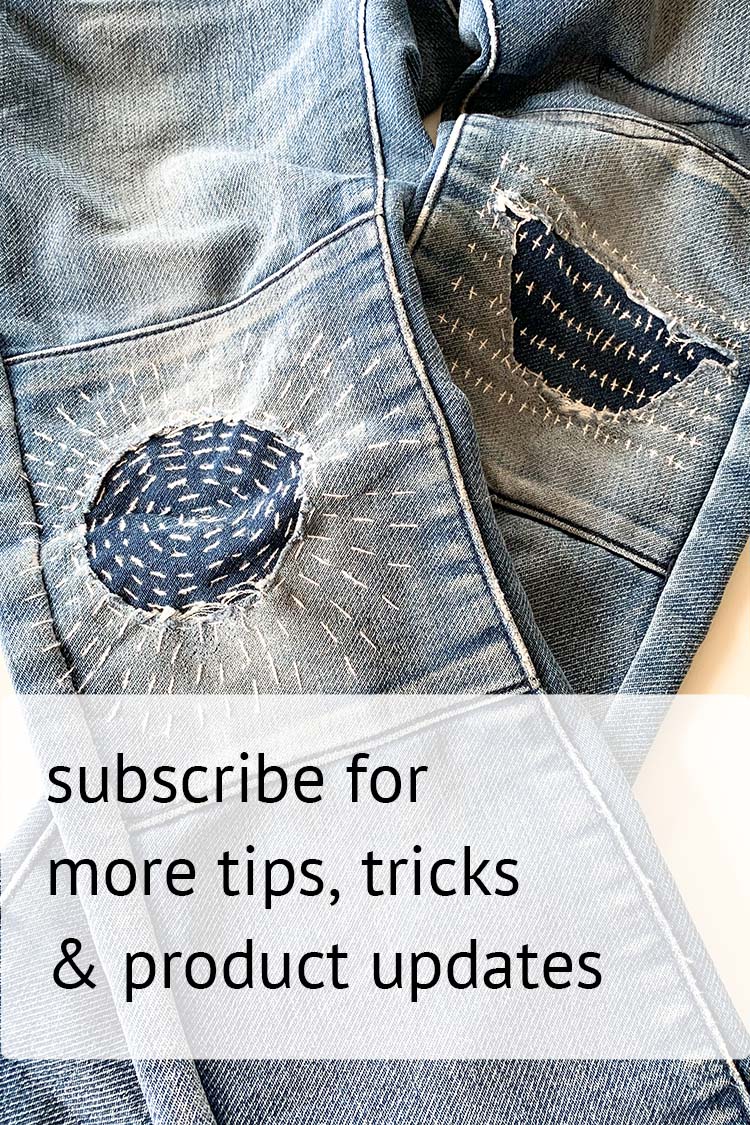
When subscribing you allow us to send e-mails to you. You can unsubscribe at any moment you like. Read our privacy policy here
